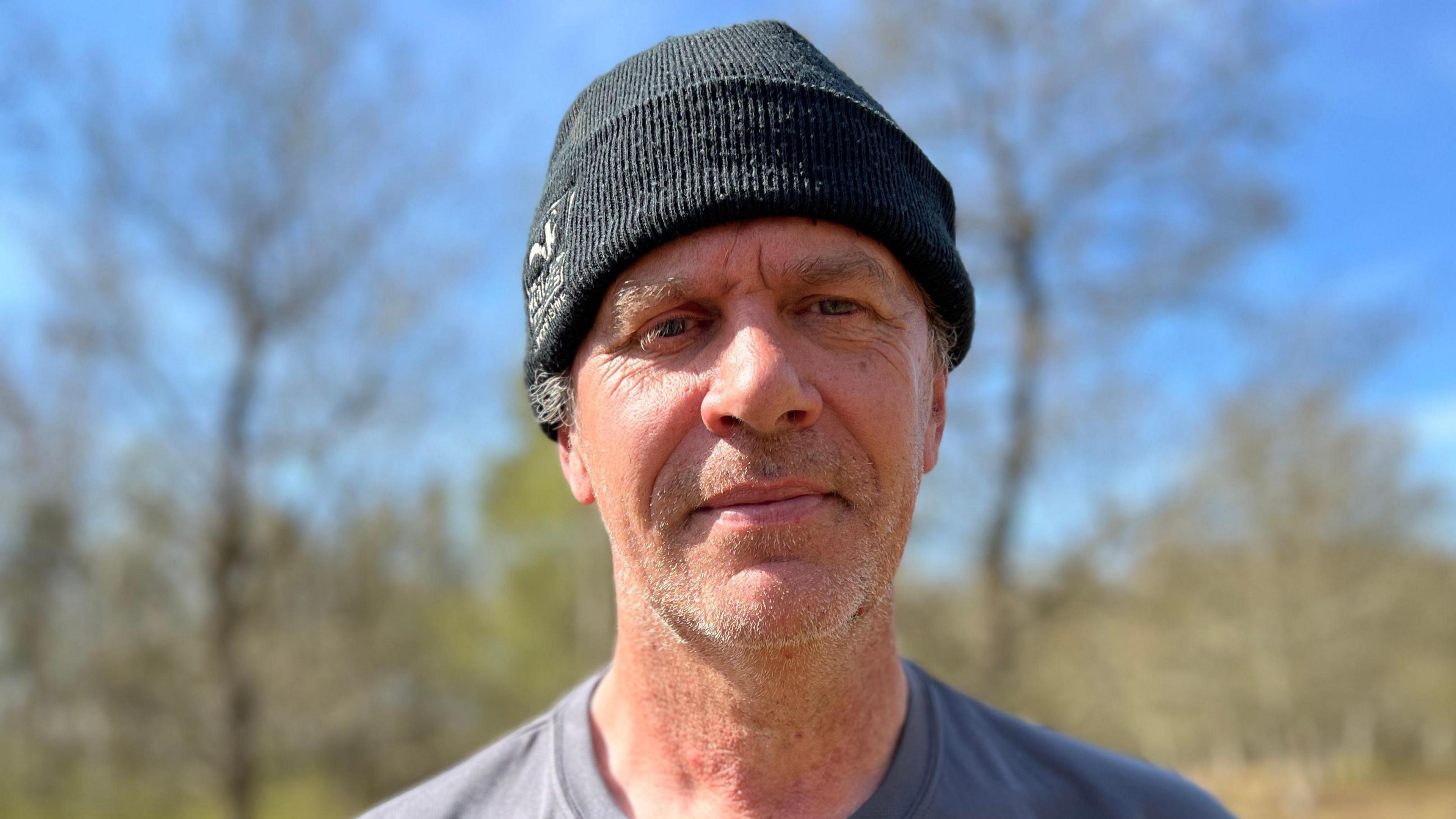Yorkshire Dales adders examined for national study

The study will compare Nidderdale with other adder populations in England
- Published
Adders in the Yorkshire Dales are to be studied as part of a national project examining how healthy their populations are across England.
The Nidderdale National Landscape (NNL), a designated Area of Outstanding Natural Beauty, is playing a leading role in the Natural England recovery project.
Scientists said the snakes were in decline nationally, with Nidderdale selected for the DNA analysis study due to its "well-monitored populations and extensive semi-natural habitats".
Dr Kelly Harmar from the NNL said: "We have surveyed adders here for several years, and we think Nidderdale could be nationally important for reptiles."
Dr Harmar added: "Adders are sensitive to disturbance by people, and this is thought to be a major factor in their current population decline.
"Nidderdale's adders are found at remote sites and are less vulnerable to disturbance, but we had multiple recent reports of photographers actively seeking out adders within our protected landscape and sharing the location of their sites.
"We strongly discourage anyone actively seeking out adders, unless it is to document their population for conservation purposes."
'Strict welfare protocols'
Dr Harmar said the genetic testing would indicate whether adders were "mixing across sites or slipping into in-breeding".
The work is funded by the Natural England Species Recovery Programme, with Natural England staff delivering fieldwork locally alongside the Nidderdale National Landscape team, volunteers and staff from Yorkshire Water.
A NNL spokesperson said DNA samples collected from adders would help scientists "understand population health and connectivity".
"The whole genome sequencing technique reads the complete genetic code of each snake, revealing whether populations are mixing well or becoming isolated," they added.
Dr Will Askew of Natural England said: "Comparing an upland landscape like Nidderdale with other upland, heathland and forest sites in other regions will help us understand how varying levels of connectivity are affecting adder populations and inform what we do to maintain or restore it."
Dr Askew said all sampling would follow "strict welfare protocols".
He said: "Adders are gently captured, a tiny number of scales are taken for DNA, and the animal is released on site immediately afterwards."
Get in touch
Tell us which stories we should cover in Yorkshire
Listen to highlights from North Yorkshire on BBC Sounds, catch up with the latest episode of Look North.
Related topics
More stories like this
- Published15 April

- Published7 April
